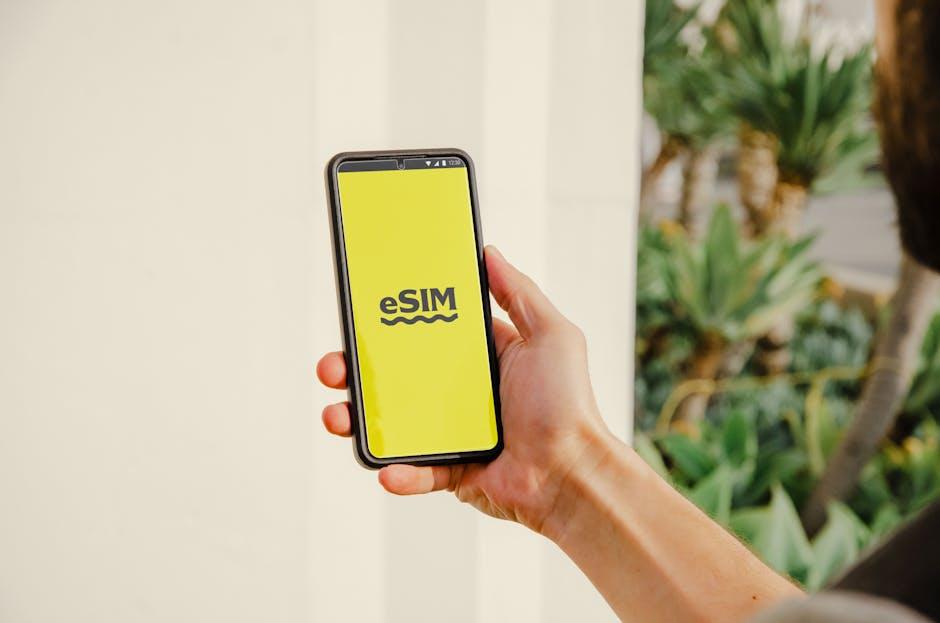In the ever-evolving landscape of home security, choosing the right smart camera can feel like navigating a labyrinth. With countless options flooding the market, homeowners are left to ponder two fundamental questions: which device offers the best protection for my loved ones and property, and how do the leading contenders—Google Nest, Ring, and Eufy—stack up against one another? As we step into 2025, these three giants each bring their unique features, strengths, and innovations to the table, promising to enhance our peace of mind in an increasingly unpredictable world. In this article, we’ll delve into a head-to-head comparison of these top-rated smart cameras, exploring their capabilities, ease of use, and overall value to help you discover which one is truly the best fit for your home security needs. Whether you’re a tech enthusiast or simply looking for reliable monitoring, our comprehensive guide will shine a light on what sets these devices apart, paving the way for informed decisions that safeguard your sanctuary.
Exploring Video Quality and Night Vision Capabilities
When it comes to safeguarding your home, the quality of video and night vision capabilities are crucial factors to consider. Google Nest cameras offer crisp 1080p or 4K resolution, ensuring clear images, whether during the day or at night. Their advanced HDR technology enhances low-light visibility, making details distinguishable even in dimly lit settings. Meanwhile, Ring prioritizes interactivity with features like two-way audio, alongside solid HD video quality. However, its night vision capabilities are somewhat basic compared to Nest, relying primarily on infrared technology, which may limit clarity when viewing finer details in complete darkness.
Eufy is making strides in the home security arena with impressive video specs, boasting resolutions up to 2K with options for color night vision in select models. This feature allows users to see full-color images at night, which can significantly boost identification capabilities. In terms of storage, both Eufy and Ring allow for local video storage, but Nest typically requires a subscription for extended functionality. Below is a comparison table summarizing the key video features of each brand:
| Feature | Google Nest | Ring | Eufy |
|---|---|---|---|
| Video Resolution | 1080p / 4K | 1080p | 2K |
| Night Vision | HDR & Infrared | Infrared | Color Night Vision |
| Storage Options | Cloud + Local (subscription) | Local + Cloud (optional) | Local |

Integrating Smart Home Features and Compatibility
When selecting a smart camera for your home, one of the primary considerations should be its compatibility with existing smart home ecosystems. Both Google Nest and Ring have developed extensive integrations with various smart home devices, allowing for seamless connectivity. For instance, users can effortlessly synchronize their security cameras with smart speakers, lighting systems, or alarm systems. On the other hand, Eufy has carved out a niche with a strong focus on local storage options, often appealing to those concerned about cloud privacy and security.
Beyond simple compatibility, the range of features each system offers can significantly enhance your home security experience. Here’s a quick comparison of some key integration aspects:
| Camera | Smart Home Integration | Voice Assistant Compatibility | Local Storage Options |
|---|---|---|---|
| Google Nest | Works with various devices. | Google Assistant | Limited |
| Ring | Compatible with Ring accessories. | Alexa | No local storage. |
| Eufy | Works with smart bulbs and more. | Alexa, Google Assistant | Robust local storage. |
By weighing these compatibility factors, consumers can identify a smart camera that not only enhances security but also fits well into their overall smart home setup. Depending on your priorities—be it integration complexity, voice interactivity, or privacy through local storage—choosing the right option can fundamentally enhance the functionality and security of your home environment.

Evaluating Subscription Plans and Cost-effectiveness
When it comes to selecting a smart camera for your home security, plays a crucial role. Each brand—Google Nest, Ring, and Eufy—offers tailored plans that cater to various user needs. Google Nest offers a basic plan that provides storage for 30 days, but for features like activity zones and intelligent alerts, you might want to opt for the premium option. Ring, on the other hand, has a flexible pricing structure with options for individual cameras or an unlimited plan covering all devices. Eufy takes a unique approach by emphasizing no monthly fees for their camera systems, offering local storage solutions which can save you significant costs over time.
Here’s a quick comparison of the subscription plans offered by the three brands:
| Brand | Basic Plan | Premium Plan | Local Storage |
|---|---|---|---|
| Google Nest | 30-day video history | 30-day history + advanced features | No |
| Ring | Basic camera coverage | Unlimited devices | Optional |
| Eufy | No subscription required | N/A | Yes, local storage |
By analyzing these plans, it’s essential to consider not only the upfront cost of purchasing the camera but also the long-term expenses associated with operating it. Investing in a higher-tier subscription may seem beneficial for enhanced features, but if you prioritize budget savings, Eufy’s local storage may emerge as the smartest choice, especially for those who wish to avoid recurring fees.

User Experience and Setup Process Comparison
The user experience and setup process of smart cameras can significantly influence consumer preference. With Google Nest, users often praise the seamless integration with Google Home and the intuitive app interface. Installation is straightforward, typically requiring just a few minutes to connect to Wi-Fi and sync with other smart devices. In contrast, Ring presents a more customizable approach, allowing users to adjust settings according to their specific home security needs. However, first-time users have reported a slightly steeper learning curve, as the initial setup can involve multiple steps through the Ring app. It’s a solid choice for those who appreciate detailed customization, but it may frustrate users who want quick deployment.
Eufy, on the other hand, strikes a balance between the two, providing a user-friendly experience without compromising on features. The setup process is streamlined, allowing users to get up and running with minimal hassle. Moreover, Eufy’s app is designed with simplicity in mind, enabling users to access and manage their camera feeds and settings effortlessly. A noteworthy advantage of Eufy is the absence of subscription fees for cloud storage, making it an appealing option for budget-conscious individuals. In summary, while Google Nest excels in integration, Ring offers depth in customization, and Eufy brings user-friendliness to the forefront, catering to different user preferences effectively.
Closing Remarks
In a world where home security is more critical than ever, choosing the right smart camera can feel like navigating a maze. As we’ve explored in this comparison of Google Nest, Ring, and Eufy, each brand offers unique features and functionalities that cater to varying needs and preferences. Whether you prioritize cutting-edge technology, user-friendly interfaces, or budget-friendly options, these contenders are equipped to safeguard your home in 2025 and beyond.
Ultimately, the best choice for you will depend on your lifestyle, security requirements, and personal preferences. As the landscape of smart home technology continues to evolve, staying informed is key. Whatever your decision, investing in a smart camera is a step toward peace of mind, protecting what matters most to you. So, weigh the pros and cons, consider your priorities, and make a choice that aligns with your vision of a secure home.




